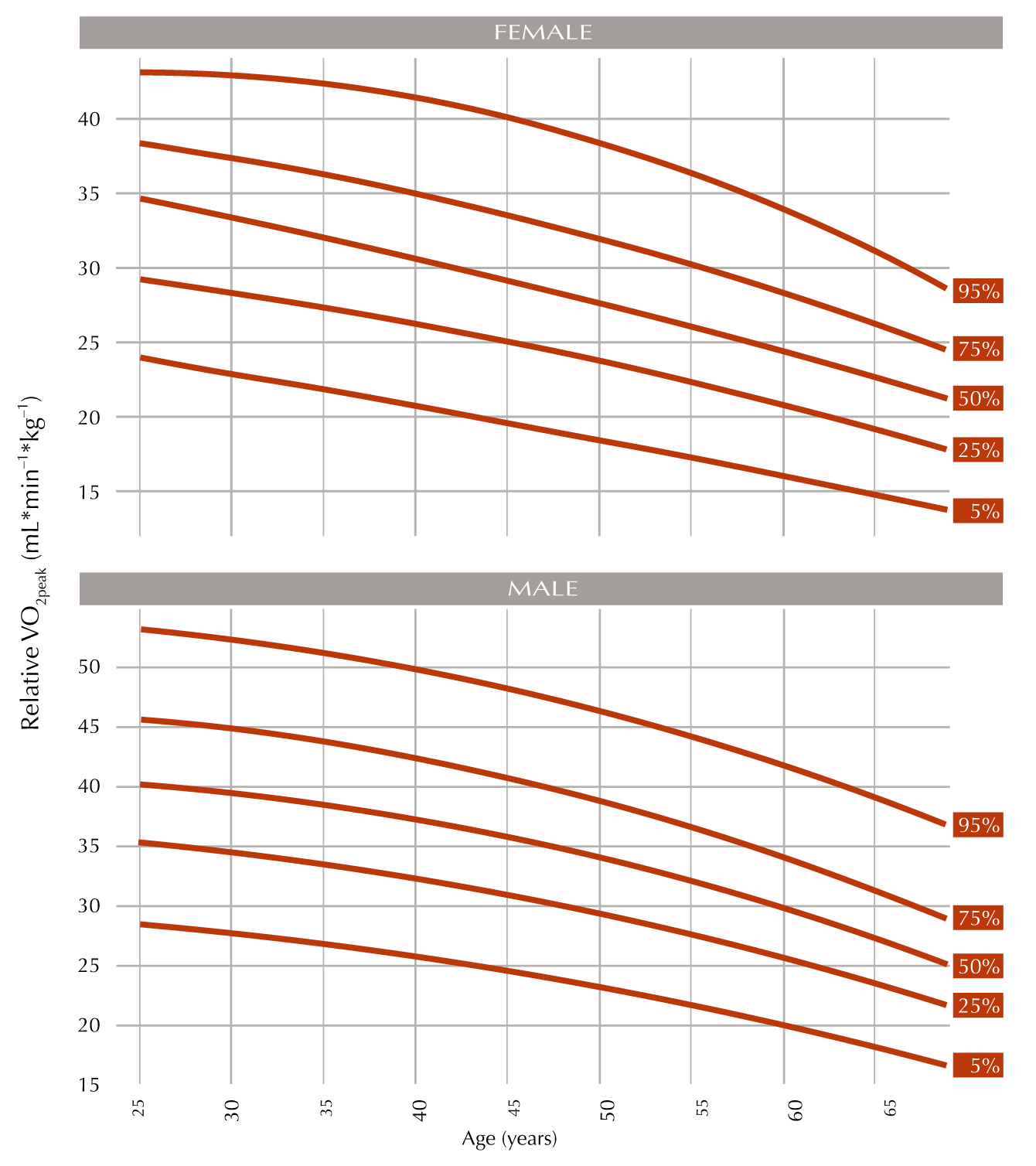
Importance of Cardiorespiratory Fitness
In recent years, the scientific importance of measuring, estimating and monitoring cardiorespiratory fitness has been increasing.
In 2016, the American Heart Association (AHA) made a scientific statement on the subject, in the article “Importance of Assessing Cardiorespiratory Fitness in Clinical Practice: A Case for Fitness as a Clinical Vital Sign. A Scientific Statement From the American Heart Association” by Ross et al. The article is available free of charge here.
According to the article:
“Mounting evidence has firmly established that low levels of cardiorespiratory fitness (CRF) are associated with a high risk of cardiovascular disease, all-cause mortality, and mortality rates attributable to various cancers. A growing body of epidemiological and clinical evidence demonstrates not only that CRF is a potentially stronger predictor of mortality than established risk factors such as smoking, hypertension, high cholesterol, and type 2 diabetes mellitus, but that the addition of CRF to traditional risk factors significantly improves the reclassification of risk for adverse outcomes.” 1
And it further recommends:
“At a minimum, all adults should have CRF estimated each year using a non-exercise algorithm during their annual healthcare examination. Clinicians may consider the use of submaximal exercise tests or field tests as alternatives because these involve individual-specific exercise responses.” 1
The two graphs show VO2-max as a function of age. The red curves represent quantile reference values at 5, 25, 50, 75 and 95%. The reference values are derived from a sample of 10,090 subjects from the “Prevention First Registry”2, 3.
Even small changes to a person’s VO2-max level are associated with an overall improvement in survival rate. According to the AHA statement paper, an improvement in VO2-max of approximately 3.5 mL * min-1 * kg-1 is associated with a 10-25% improvement in survival 1.

There is much evidence of Cardiorespiratory Fitness as a health indicator and that it can be improved by the individual. We have curated a list of some of the other relevant publications that are related to the importance of measuring VO2-max.
References:
1 Ross et al, Circulation. 2016;134:00–00.
2 Rapp D et al, BMJ Open. 2018 Mar 5;8(3):e018697.
3 Franklin BA et al 2000, American College of Sports Medicine. ACSM’s guidelines for exercise testing and prescription.